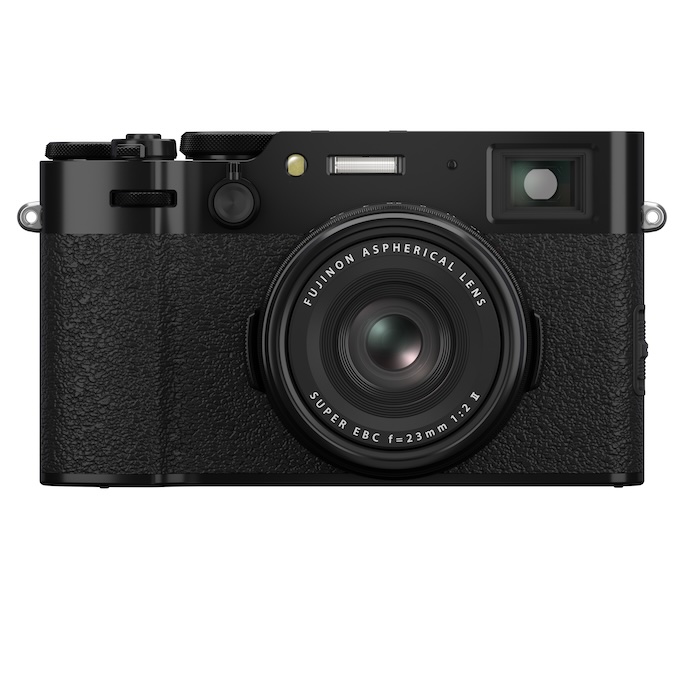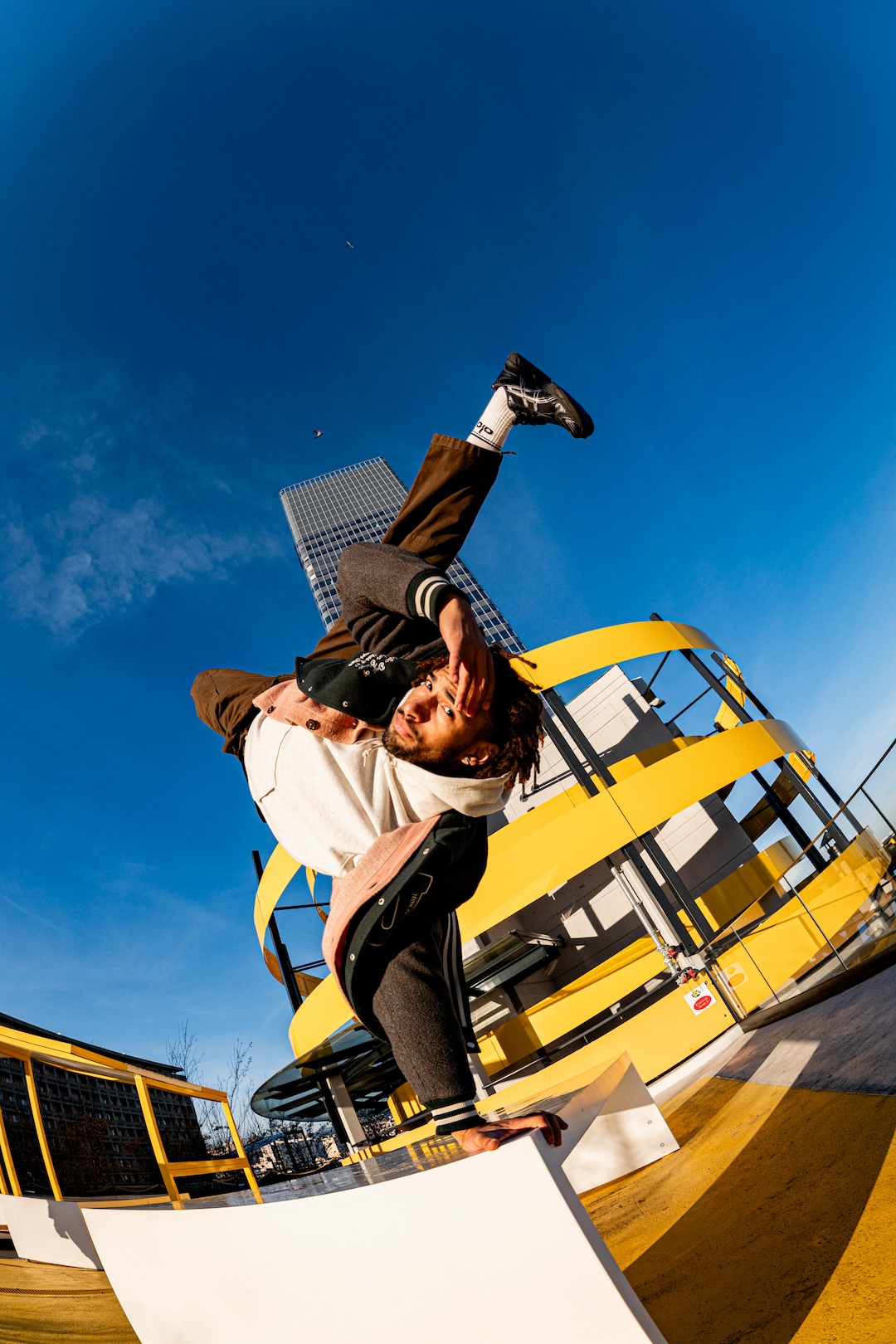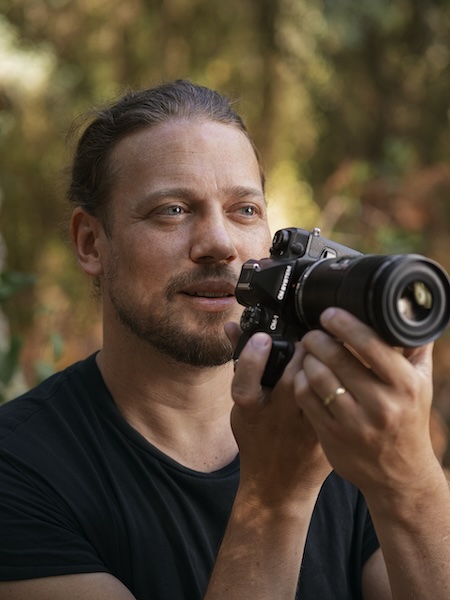The Flying Camera Drone Controversy
May 30, 2014
During the two decades that I have been penning this column on new digital gear, I have never once come across a technology that is so appealing to photographers (yet so divisive for most everyone else) as drones.
Radio controlled (RC) planes and helicopters flown by hobbyists have been around for many years and have never caused much of a problem. In fact, they are deemed so insignificant that the Federal Aviation Administration (FAA) all but ignores them as long as they are flown for fun, kept away from urban areas and airports, and do not fly higher than 400 feet.
But attach a camera to one and fly it as a professional photographer, and you’re breaking the law, according to the FAA. In theory, the FAA says you can only fly a helicopter, manned or unmanned, for commercial use if you are a certified helicopter pilot and carry millions of dollars in liability insurance. Yes, believe it or not, the same regulations apply to small three-pound toy helicopters as to a full-size helicopter.
A Drone By Any Other Name
Naysayers who don’t like the idea of photographers using RC helicopters for photography call them drones, as do many others, including me. Drones, though, have a negative connotation—especially military ones— as they are flown remotely, far out of visual sight from the operator. RC quadcopters, or multi-rotor helicopters used by photographers, are controlled by an operator who retains visual sight of the copter and should not, strictly speaking, be called drones.
Drones are such a hot topic (especially since Amazon announced it is planning to use them to deliver packages), that they continue to make news. Drones are discussed everywhere from tech blogs to NPR; even CBS’ 60 Minutes got in on the controversy with a segment in March. (The topic also made the front page of my local newspaper as I was writing this column).
Surprisingly, the news articles have been generally in favor of RC copters, touting their many positive aspects—not just for photography, but also for assisting farmers in managing crops and livestock as well as aiding rescuers in disasters. After all, an RC helicopter can fly in places too dangerous for humans or too restricted for a full-size helicopter.
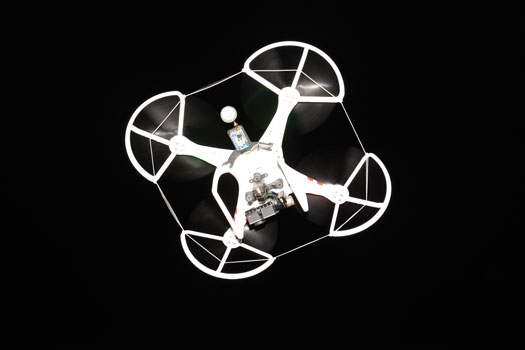
This DJI Phantom enabled a photographer in Baja to capture some close-up motorcycle action at night. All photos © John Rettie
Recently, a photographer was fined $10,000 by the FAA for using an RC plane for commercial use. He fought the fine and, to many photographers’ delight, the judge in the case dismissed it and went as far as to say the FAA was way out of line in trying to control small unmanned aerial vehicles (UAVs).
Does this mean it’s now safe to use an RC copter for photography? In theory, yes, but the FAA is appealing the case, so the whole situation is still in legal limbo.
Hands-on Experience with a DJI Phantom 2 Vision
I’m sure many readers have seen RC helicopters in flight at trade shows and watched stunning aerial videos captured by them out in the open. In each case, they look relatively easy to fly. However, the only way to really find out is to try it yourself.
Without a doubt, the RC quadcopter that is garnering the most coverage at present is the DJI Phantom. It was a hit at the PMA Show at CES back in January (see my column in the March 2014 issue of Rangefinder) and is being sold by many photo retailers, including B&H Photo.
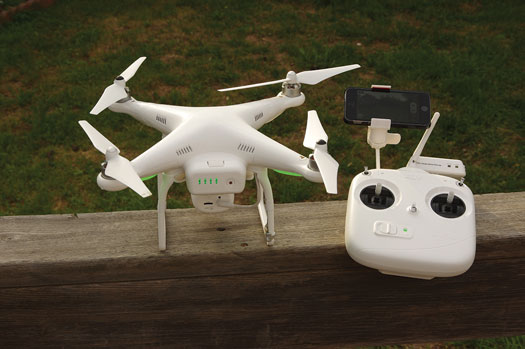
Currently the DJI Phantom 2 Vision, with a 14-megapixel HD camera on board, is regarded by many as the most sophisticated, safest and affordable ($1,219) RC camera copter on the market.
DJI is based in Hong Kong and the company has experience in the commercial field, making some large RC copters that cost several thousand dollars. Much of the technology has been adopted for the DJI Phantom 2, which costs just $679 without a camera, or $1,219 for the 2 Vision, which includes a built in 14-megapixel HD camera. DJI recently lent me one for review. It arrived within 36 hours of leaving the factory in China and the customs label listed it as a “toy.”
Easy Set Up, Difficult to Fly
Unlike expensive RC quadcopters that require assembly, the Phantom is ready to fly once you have charged the battery, screwed on the four rotors, and attached a Wi-Fi booster and an arm on the controller for holding a smartphone.
It took a few minutes for the copter and my iPhone to find each other and connect. I also had to calibrate the built-in compass and make sure it was receiving GP signals. Once all that was done, I turned on the copter and made sure I was clear of two friends spotting for me. Rather than test the bird at home, I went out into the desert where there were no humans or power lines to worry about.
The training manual takes you through several steps that get progressively more difficult. The first step was easy: the copter lifted straight up and then came down safely to land. After doing this a couple of times, I was confident that I could fly it away from me and get it back easily. Wrong; it’s very difficult orienting yourself as you try to turn the quadcopter around and head back, so I had to land it away from me, but managed to do so safely.
I tried again, and this time it landed on a slope, causing the rotor blades to hit the dirt and chip. This put the copter off balance, so it would not take off in a straight line. Like so many of us, I had skipped part of the lessons and had not taken each baby step. Nor had I set it up so it would return “home” automatically.
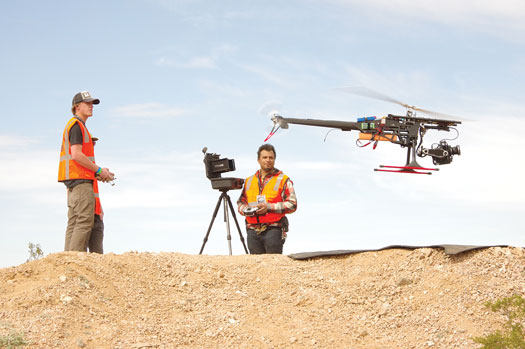
This heavily modified RC helicopter shooting footage at the Mint 400 off-road race required an operator for the copter, another controlling the RED camera and two assistants who acted as spotters and kept the extra batteries charged on a portable generator.
Earlier, when I asked two photographers who have ventured into the world of aerial photography, they both said, “You will crash.” They were right. It turns out, unsurprisingly, that learning to operate a RC helicopter is not so easy. I’ve checked numerous online forums, and aside from longtime RC enthusiasts who tend to be older hobbyists, most successful operators are teenagers or people in their 20s. Perhaps they become “naturally” skilled because they grew up with computer games?
Fortunately, DJI includes four spare rotors, so it was easy to repair the copter. Unfortunately, I’ve been unable to do any more practice flights; it has been too windy where I live. (I plan to do a blog post on my hands-on experiences in upcoming months.)
Ready or Not?
If all of the above debates about the realities of owning and operating a RC helicopter camera are discouraging you from even contemplating using one in your business, I would not blame you. However, if you feel confident that you or one of your staff (probably a youngster who will fly it for free) can learn to operate one safely, it’s potentially worth thinking about adding one to your arsenal of photographic equipment.
Even if you do nothing more than use one to go straight up and snap a few still shots overlooking a reception or wedding venue, you will be able to get shots that are likely to be impossible to get any other way. If you consider the copter to be a toy and you give away the photos, you will, strictly speaking, be within the FAA’s voluntary guidelines.
In an ideal world, the FAA will come up with some concrete rules and regulations, which will take away the silly ambiguities that exist right now. The FAA says it is working on regulations but is not due to have them ready until sometime next year. In the meantime, more photographers are using RC copters to take unique still photos and video, so there is increasing pressure on the bureaucrats to clear up the confusion.
We can hope that the regulations will be determined by the size and weight of a quadcopter as much as anything, and that there will be few restrictions on a small, easily controlled quadcopter weighing a few pounds, with safety features such as automated return home. Surely these machines will be just about as safe as many tools we already use, like ladders and jib beams.
More Changes Coming
If you’re not ready to jump into the world of RC copters now, the situation should improve radically in the next year or so, even without an FAA ruling. Just a couple of years ago, an RC copter capable of taking pro level video or stills would have cost several thousand dollars. Now, thanks to mass marketing—mainly by Chinese companies—and the rapid deployment of more sophisticated electronic controllers, copters are getting smaller, cheaper and easier to operate.
There is even talk about developing tethered copters that, while restricting movement to a smaller area, will make it even easier and safer to operate. Better yet, having a wire (not unlike a long dog leash) connecting a copter to the operator will take it out of the jurisdiction of the FAA and free us up from being tethered to overzealous rules and regulations.
See this story in the digital edition.

